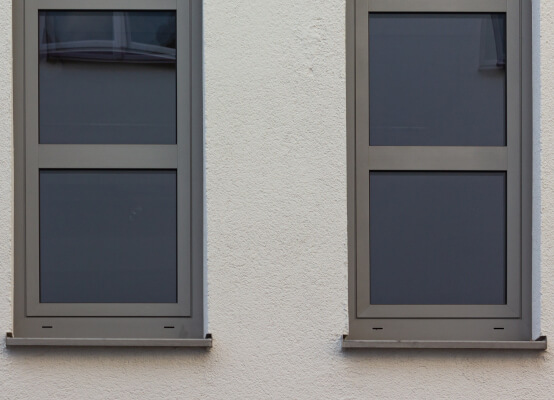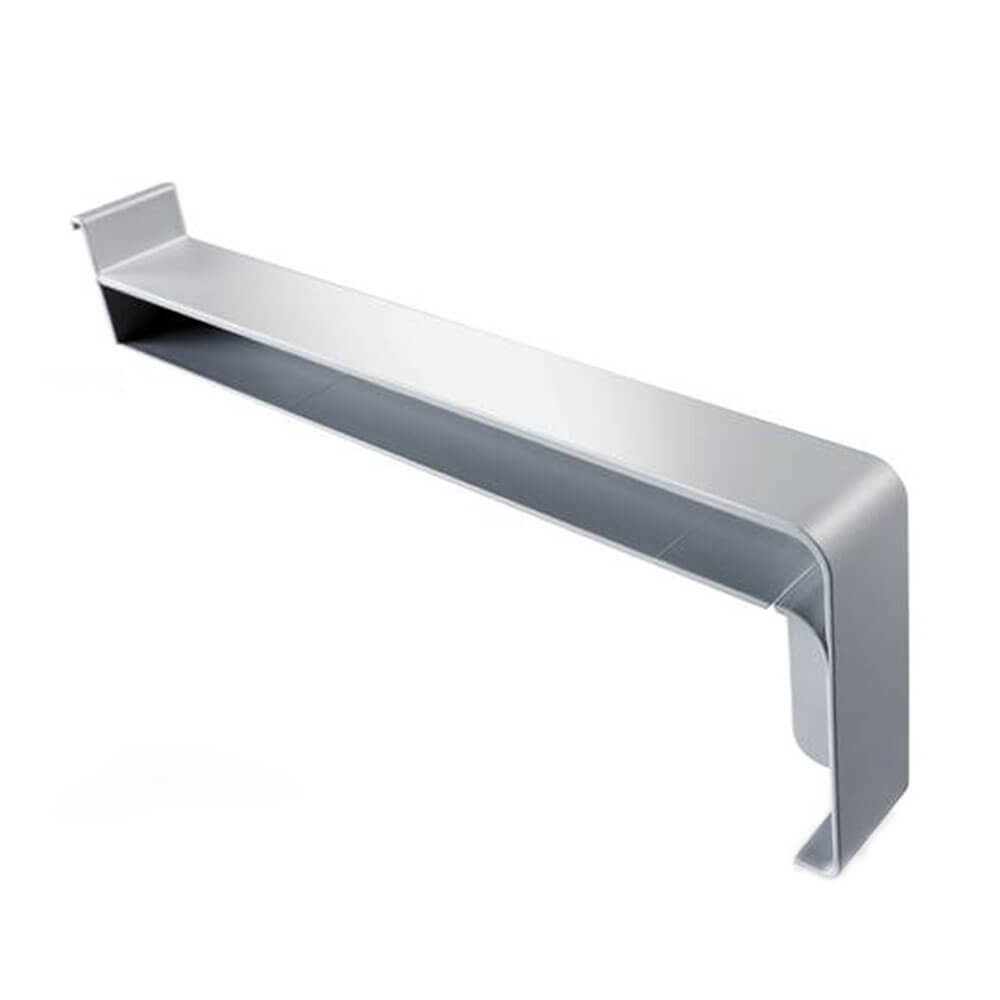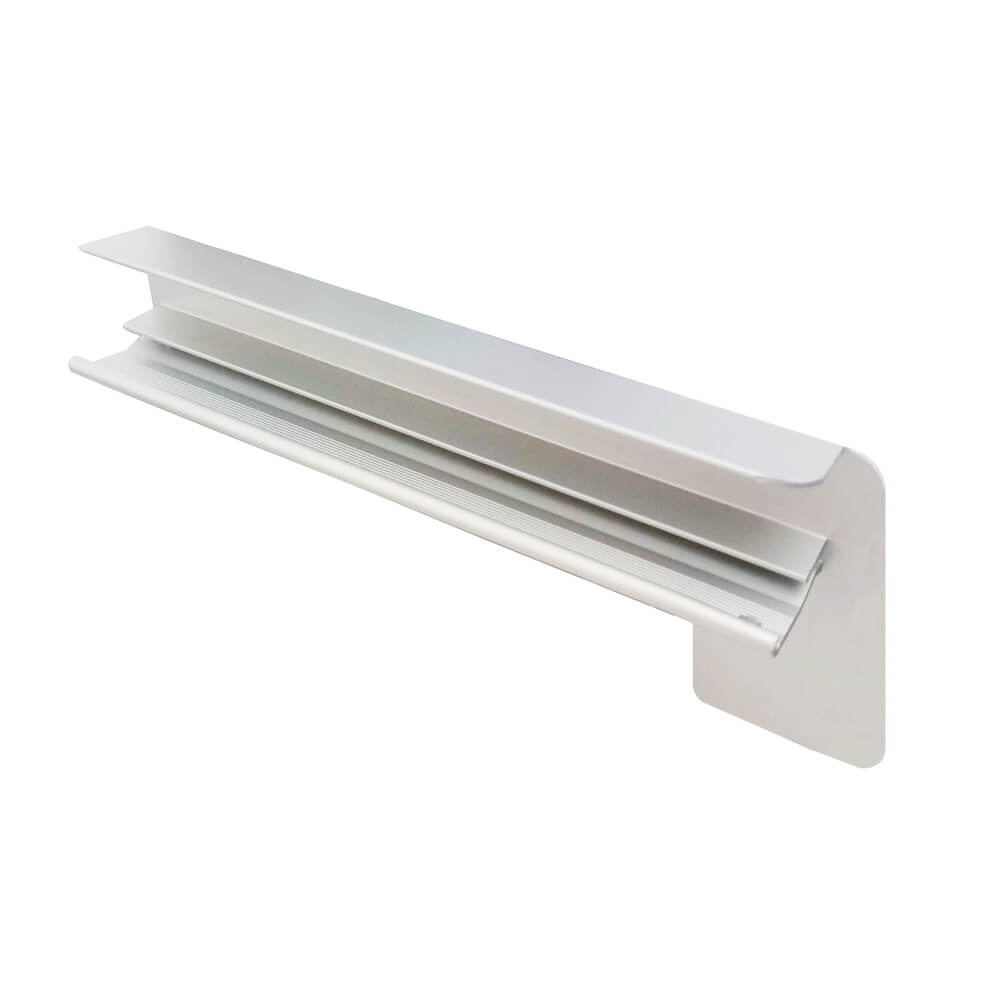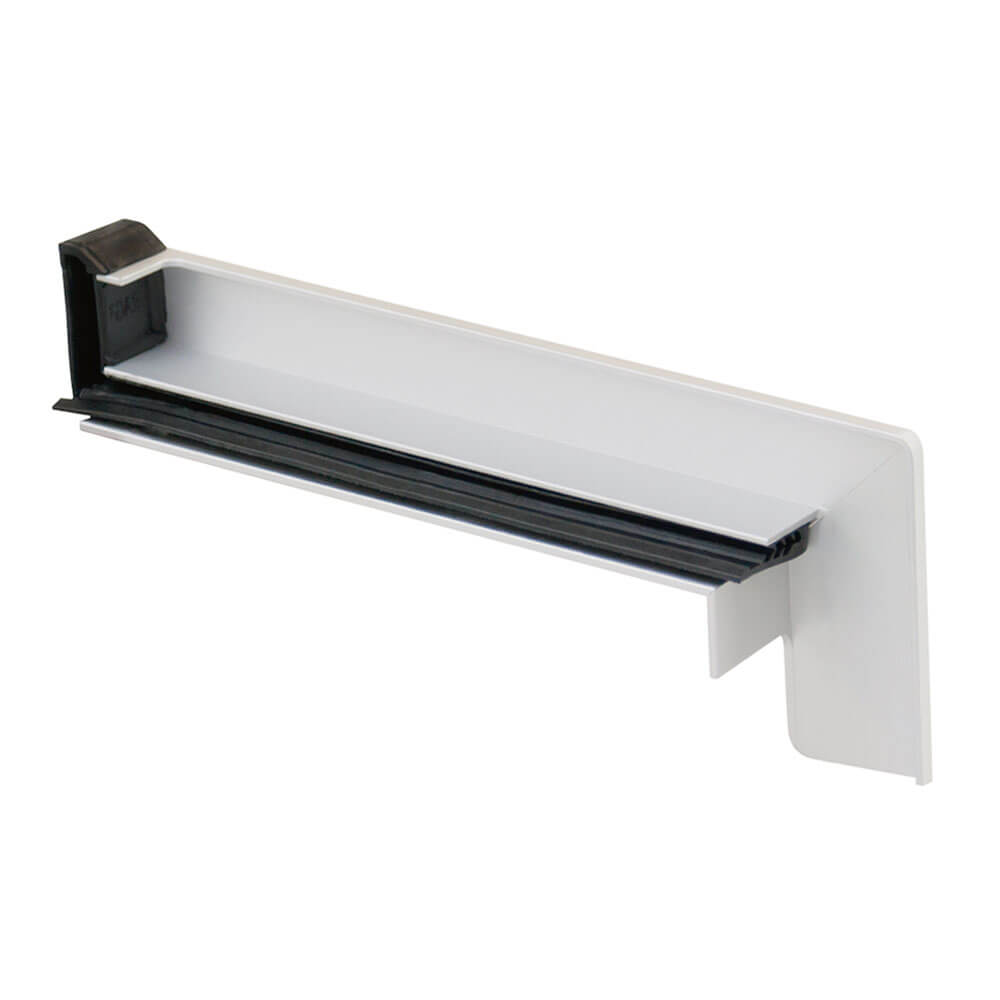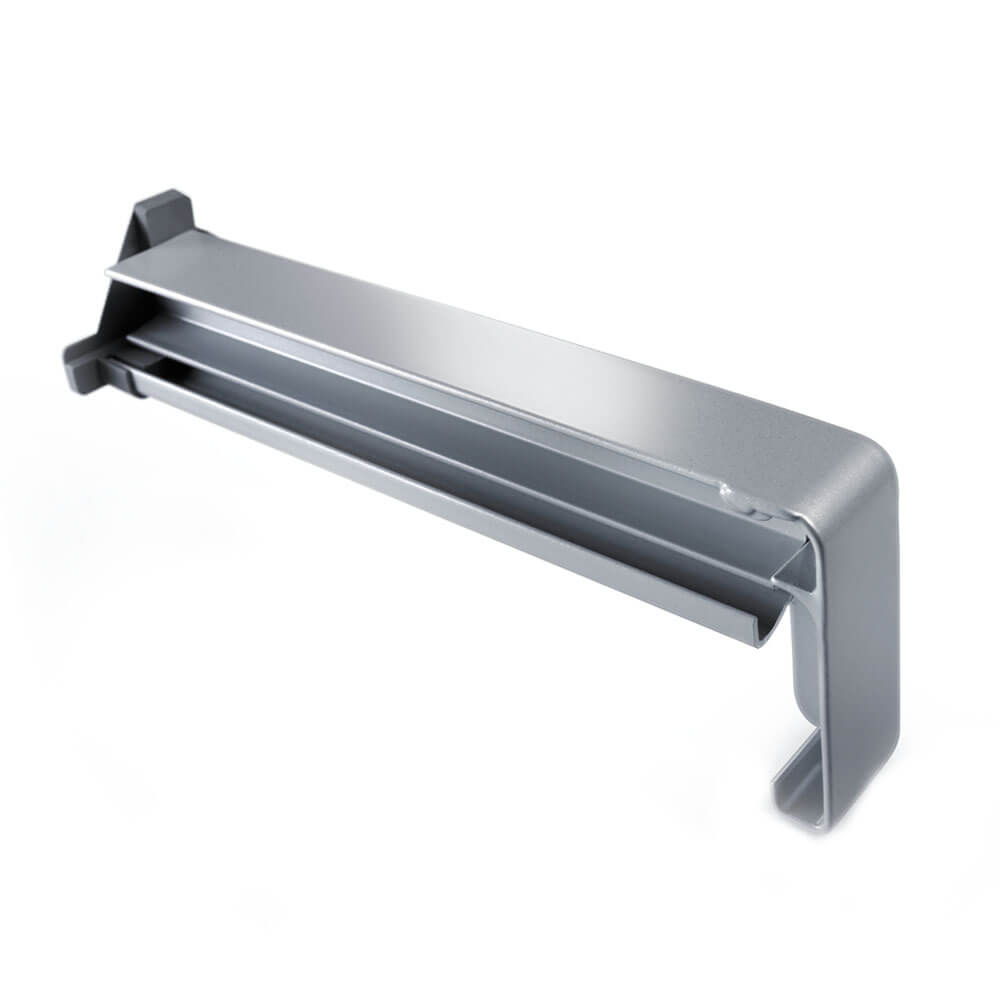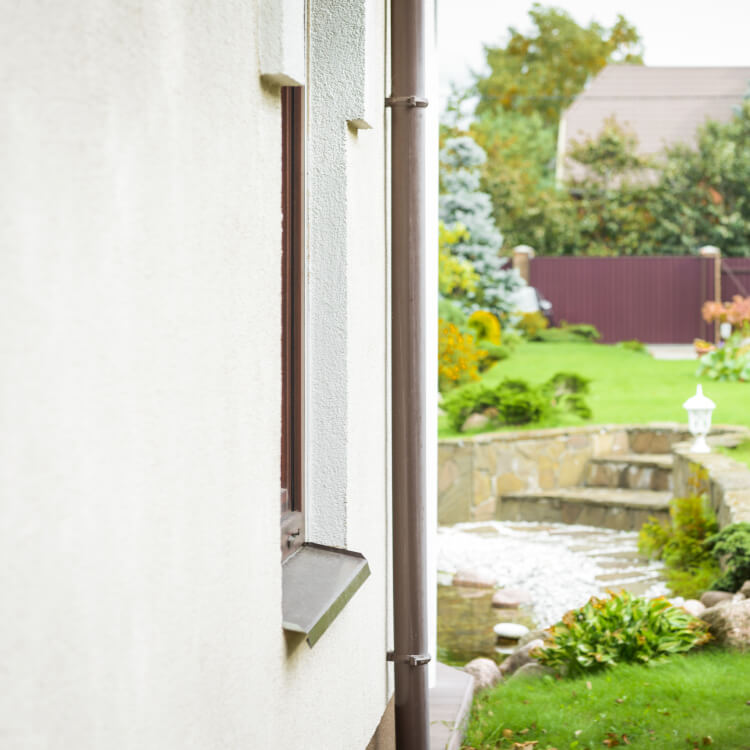Window sill ends are available in four different variants. The choice depends primarily on the nature of the facade. Plaster facades, clinker or stone facades and ETICS facades have different requirements with regard to this. In most cases, aluminium is used as the material of choice, becaus outside window sills are usually made of aluminium. This material is particularly resistant to the elements, especially moisture and UV radiation. Reliable resistance against mechanical deformation is courtesy of the alloy AlMg1, which increases the titanium and magnesium content and is commonly used in the construction industry. Window finish variants include:
- Plaster finishes
- Clinker finishes
- Sliding finishes
In addition to aluminium, sliding finishes
are also available in uPVC. Moreover, sliding finishes offer expansion equalisation, which is where this idea of sliding comes from. This equalisation is particularly worthwhile for plastered facades.
The reason for sliding finishes is that the aluminium used in window sills can expand or contract slightly due to the difference in temperature between summer and winter. This fluctuation can potentially cause cracks in the facade.
Sliding finishes serve as dampers. This is particularly crucial for external thermal insulation composite system facades in order to protect the insulation from damage, since even minor damage has a significant impact on the insulating effect.
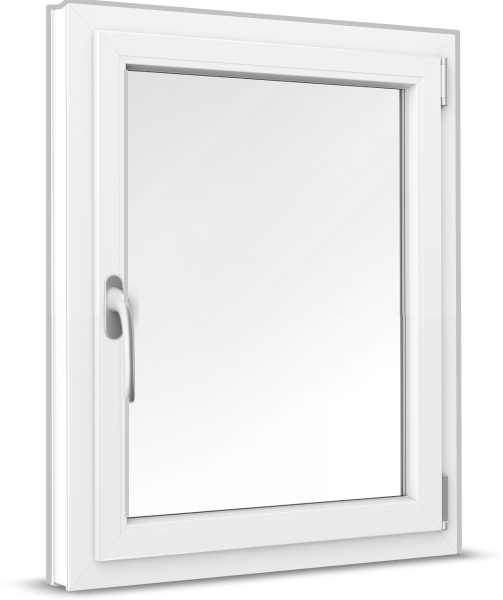 Windows
Windows
 Windows
Windows
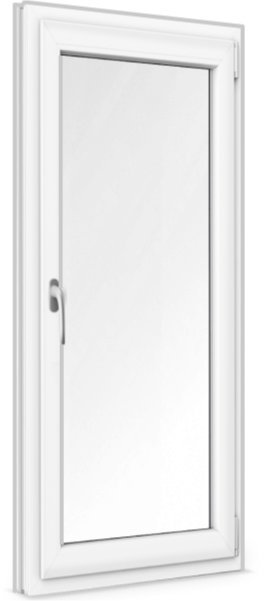 French Doors
French Doors
 French Doors
French Doors
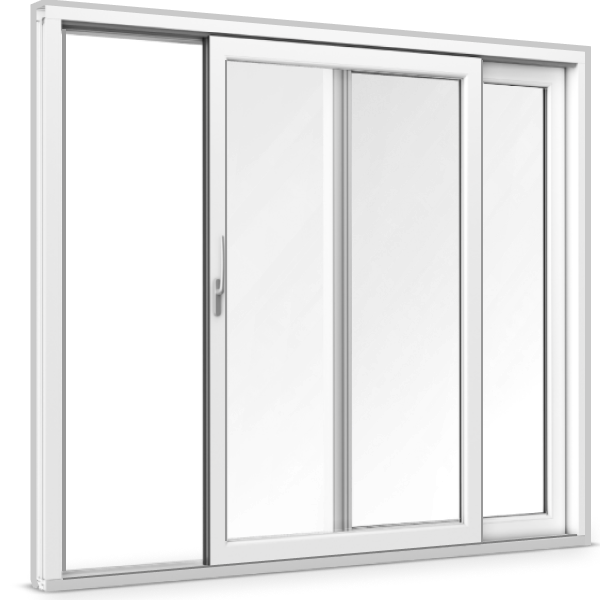 Patio Doors
Patio Doors
 Patio Doors
Patio Doors
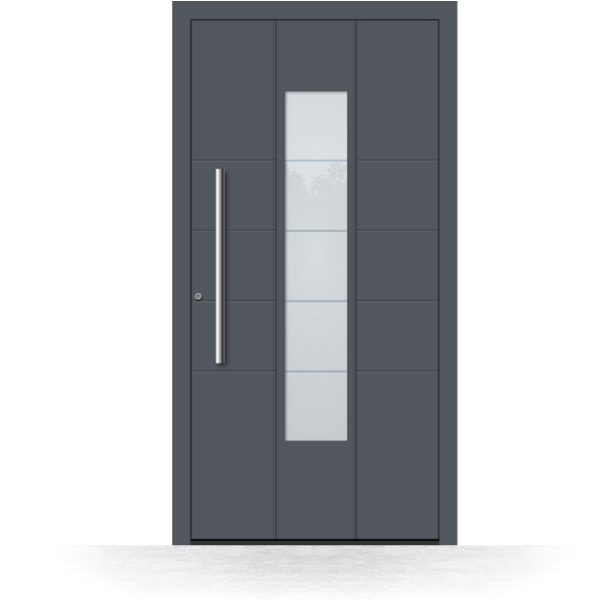 Front Doors
Front Doors
 Front Doors
Front Doors
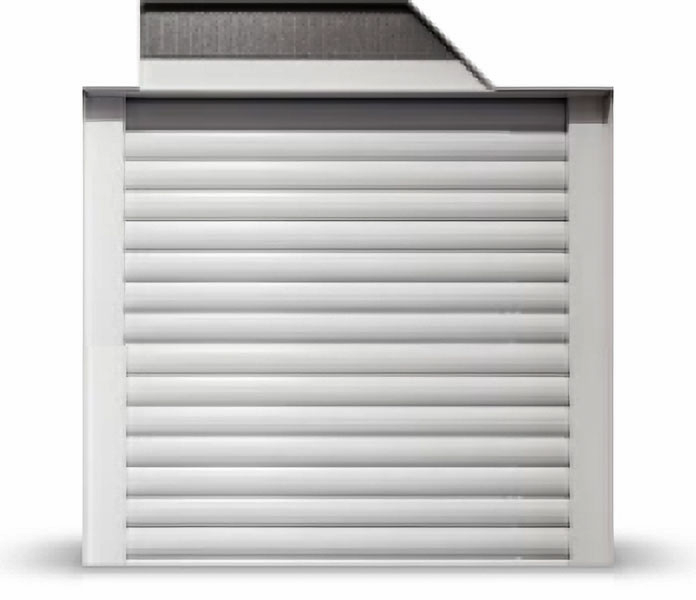 Roller Shutters
Roller Shutters
 Roller Shutters
Roller Shutters
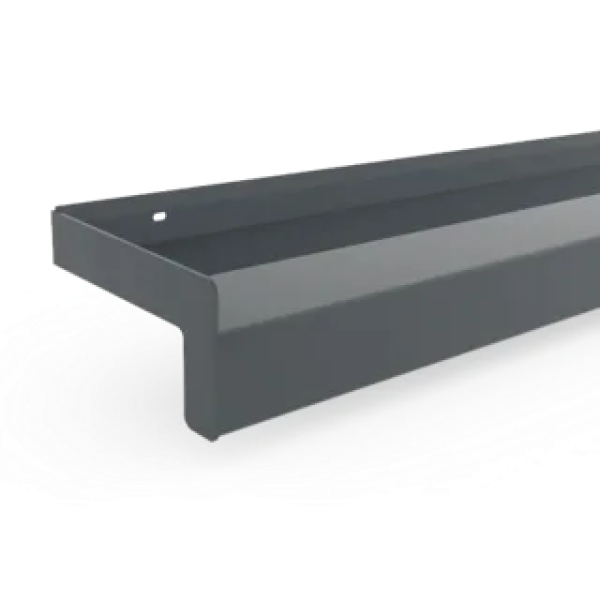 Window Sills
Window Sills
 Window Sills
Window Sills
